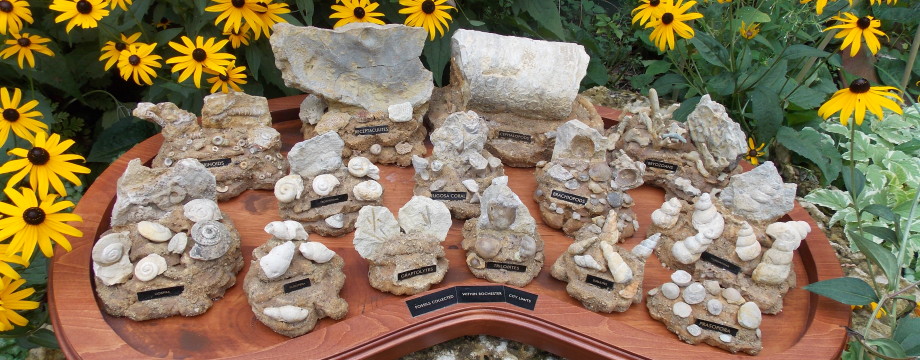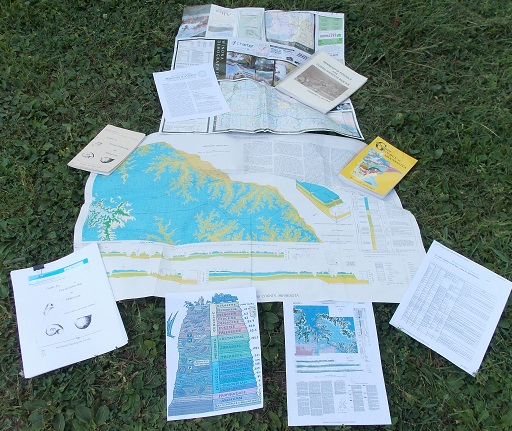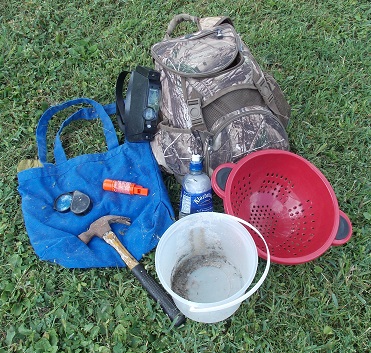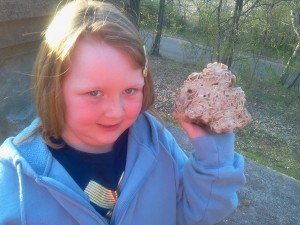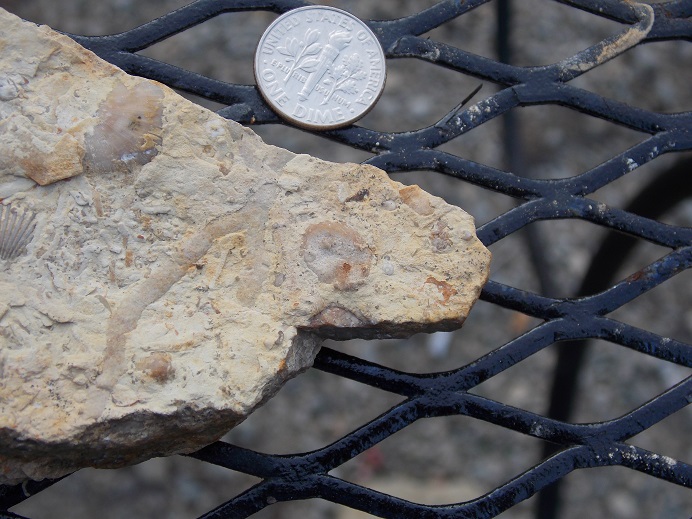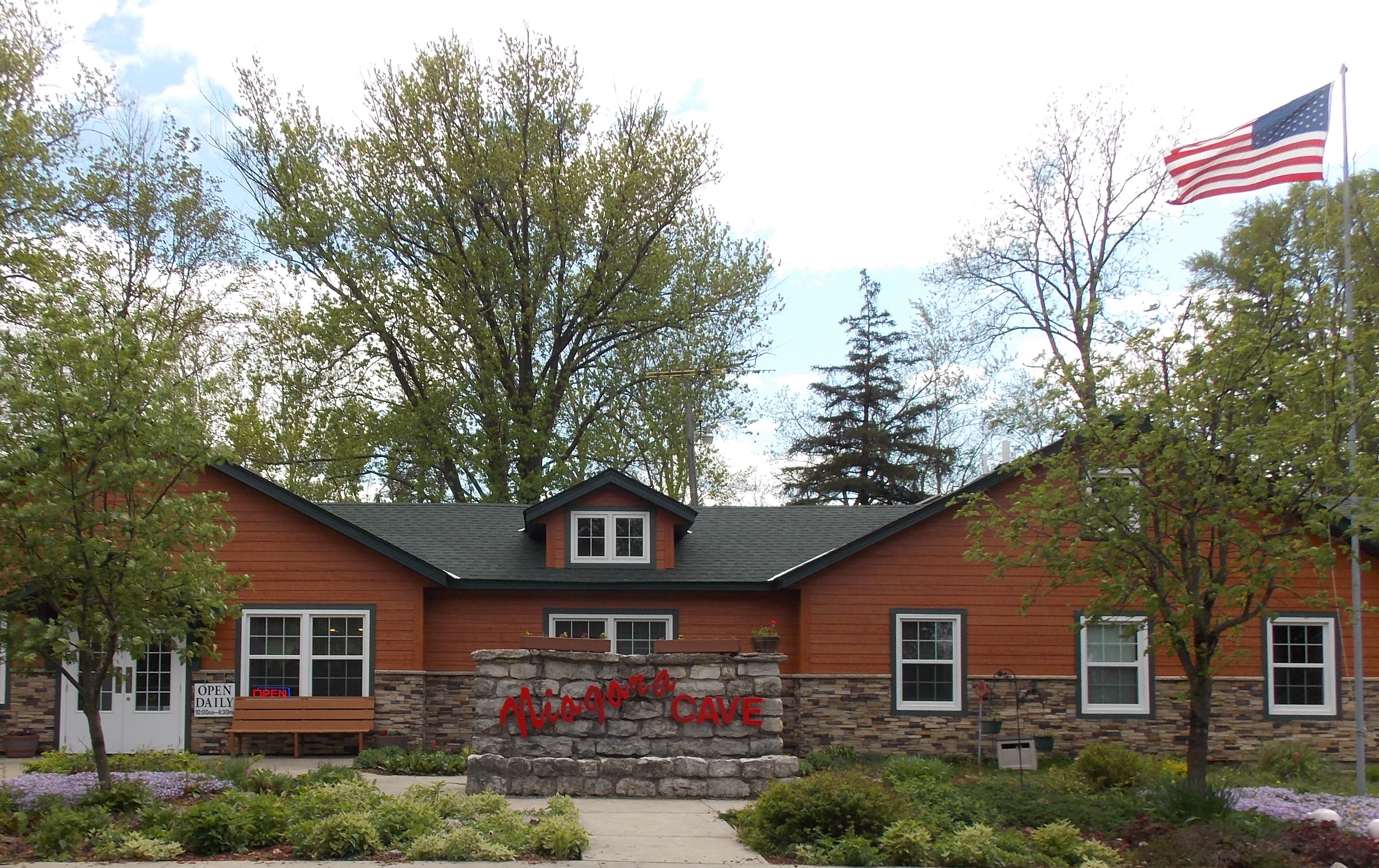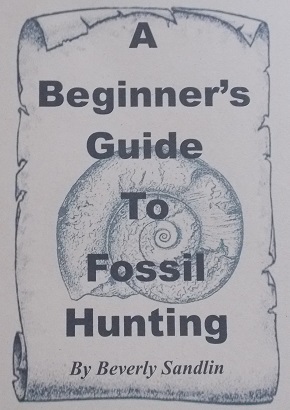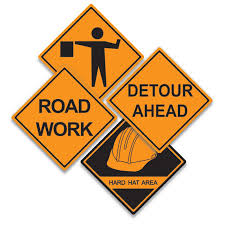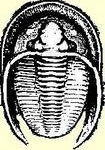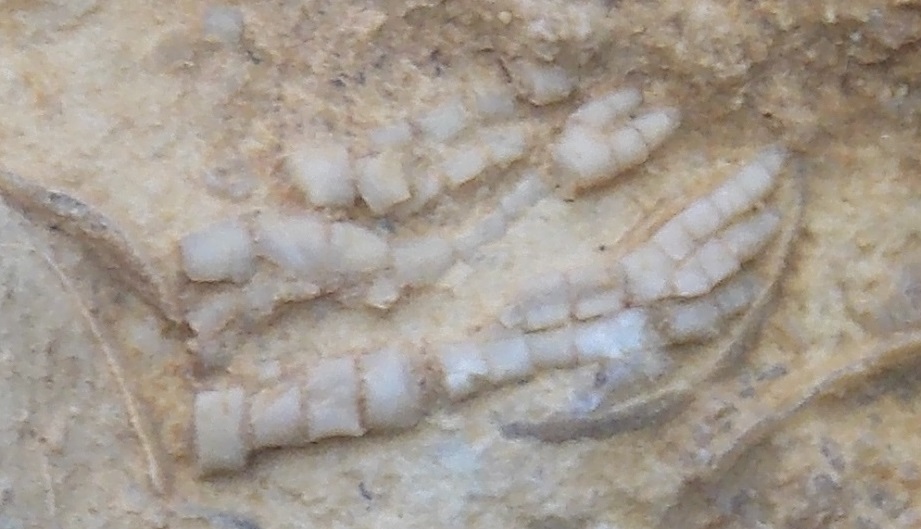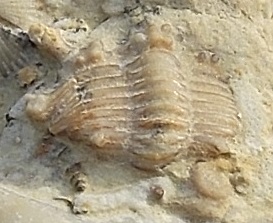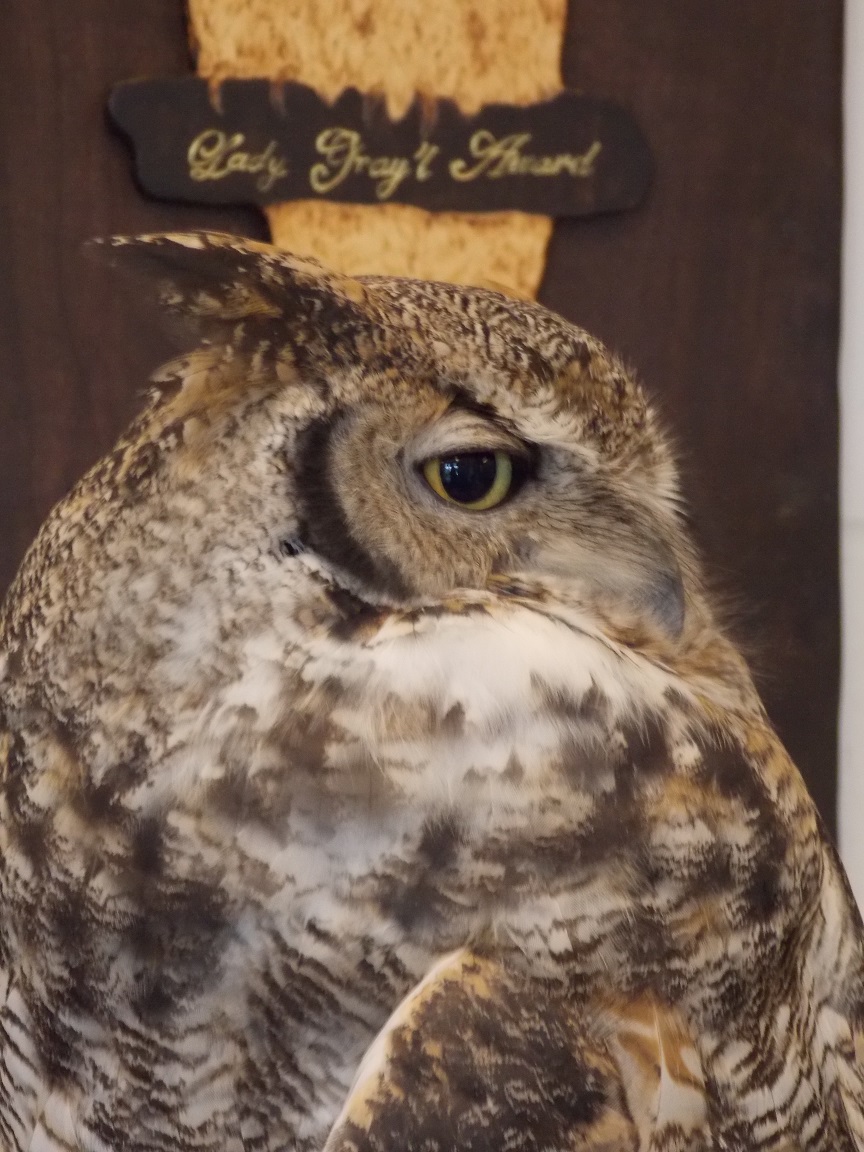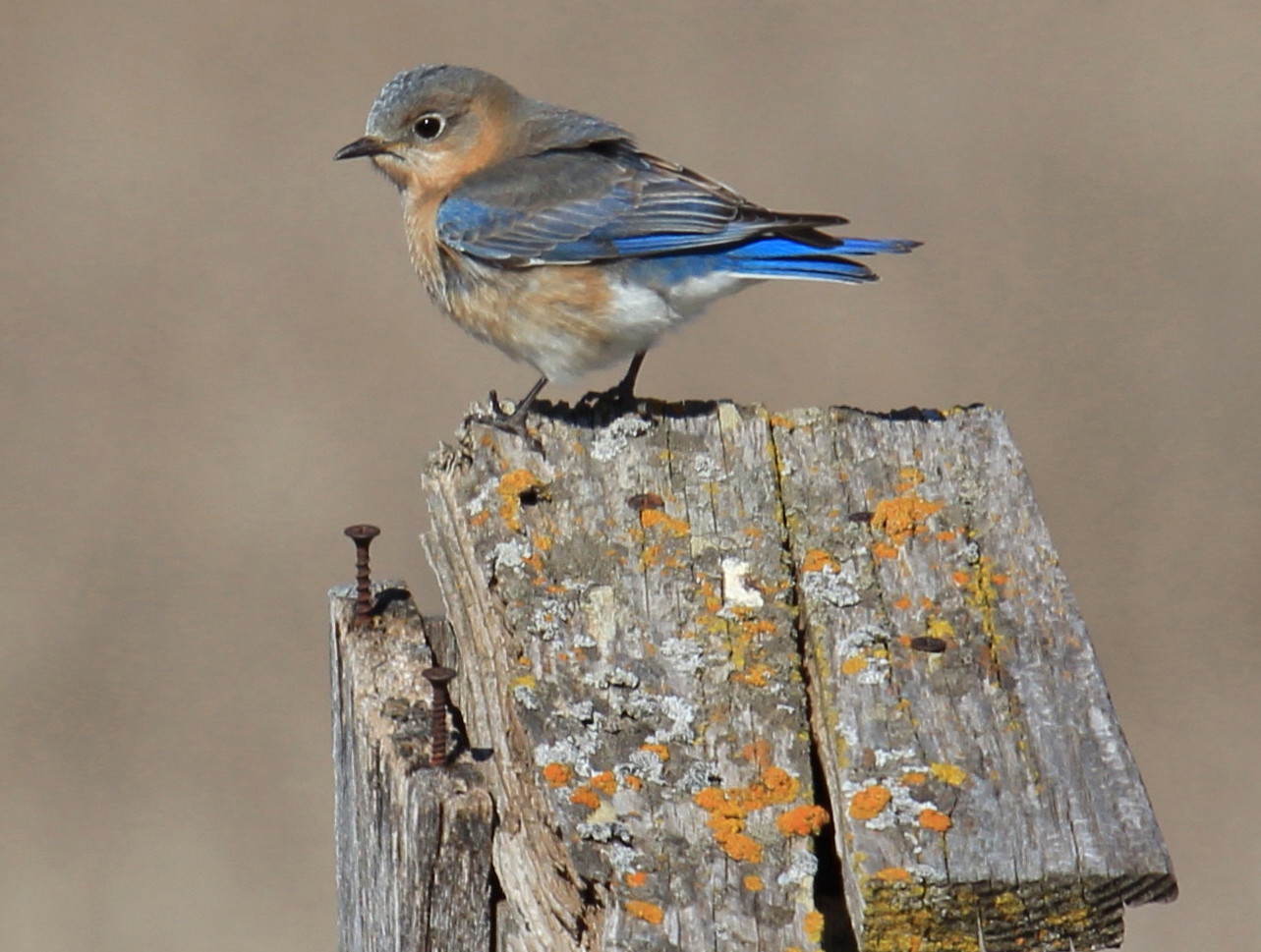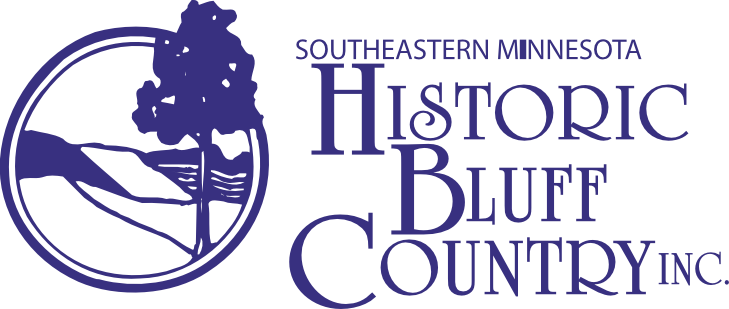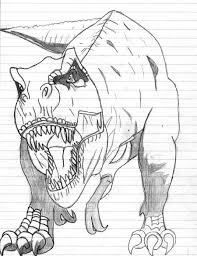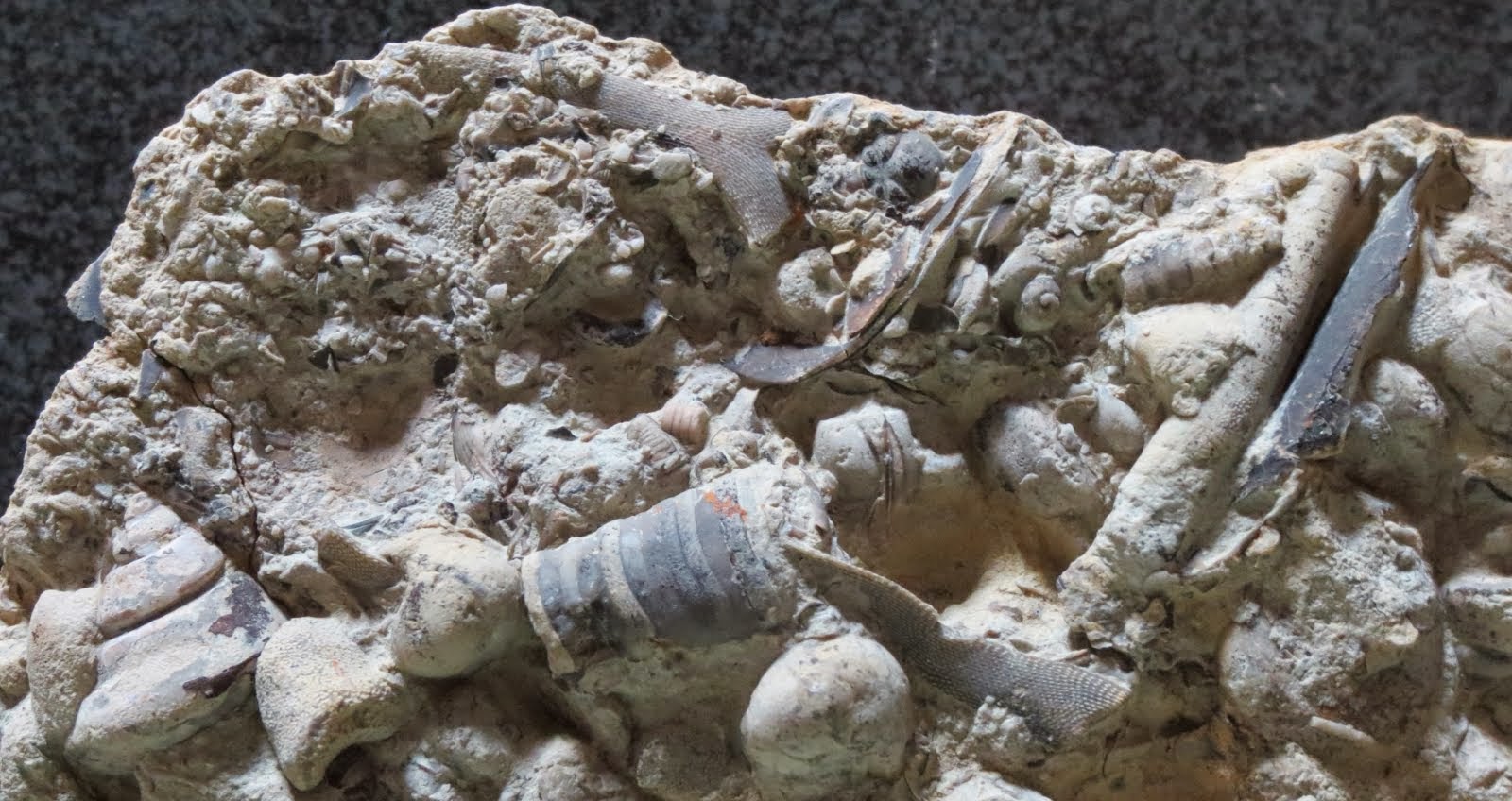A Beginner’s Guide to Fossil Hunting
So you think you want to fossil hunt? Start your journey on the internet.
1. Do a search for fossil websites and fossil documents for your state, region, locality. You should be able to come up with PDF’s of local fossils with pictures and often a “basics” guide for your area. Hopefully you will find fairly local websites that will have pictures of local fossils and perhaps even where to find them. If you are here in southeast Minnesota go HERE for my bluffcountryfossils.net ID sheet. If you check the categories menu for ID sheets you will find a number of them, I would suggest looking at the Whitewater Park one.
Familiarize yourself with what you are likely to find, and remember that the fossils with probably be in matrix (rock) and you will only find a small portion peeking out. Check to see if you have any local museums, etc. that have fossil collections for public viewing – check them out.
This will also teach you what kind of fossil hunting you will be doing – beach combing, sifting for sharks teeth, breaking shale, or walking road cuts and dry washes.
2. Do an internet search for the GEOLOGIC MAPS for your area. Most of the time, these will be online through a government or university office. If you can’t find them on the internet, call or stop by your local government office that functions for “planning and zoning” or perhaps “environmental services”. These maps are usually accessed by well drillers and companies that install sewer systems. Ask them for the geologic bedrock maps for your area. Many times they will either just give them to you or there is a nominal charge.
Here is a link to my post on Geologic Formation Maps for Minnesota. Scroll down to the bottom and you will find links for most of the southeastern Minnesota counties – it will save you a lot of time.
These maps will give you the names of the bedrock formations in your area, and if you are lucky, will even tell you which bedrock is in which time period (Ordovician, Silurian, Devonian, etc.), if it is fossiliferous or not and maybe even what fossils have been found there. If not, you can simply research the names of the formations and find that information out yourself.
If you are interested in geology as well, go to your local library or search the internet for geology books for your area that are written for the lay person, a good series in the United States is the “Roadside Geology for…”. If you are specifically interested in southeast Minnesota geology (The Driftless Area), Gary Erickson has written a wonderful short geology book called “The Geology of Bluff Country” that is only around $10 and has a fabulous geology driving tour that takes you right through the best fossil hunting area in Minnesota! The link embedded in the title of the book takes you directly to the post about it. But your geologic formation maps will give you what you need to know for fossil hunting.
3. Find a road map of your area (Google Maps) and approximately match up the road map with the fossiliferous areas shown on the geologic map. You now have a general area to hunt and know what fossils you are looking for.
If you are handy with the internet, go to Google Earth and start your search with a virtual drive of the roads you think will be most productive. You should be able to see the road cuts, rock formations, dry creek beds, creeks and rivers, beaches, etc. along the road as well as whether or not there is potentially safe parking near the site. If you can master this, it will save you hours of time and $ in gas!
4. Do a search for local rock, mineral and fossil clubs in your area. Mentoring from experienced members is invaluable! And they may even have field trips and digs that you can attend! While you are at it, see if there are any fossil parks near you.
5. Your first hunt – what do you need? Something to carry your fossils in and drinking water. Tip: take an empty bottle, fill it half full with water and freeze it. Before you leave fill the rest with water and you will have ice cold water for several hours. Everything depends on your area and comfort level and if you are hunting alone or with children. A bag, pail or backpack with a handle are all good for carrying your finds. Bring something to drink to stay hydrated and something to eat if desired. A sieve if looking for sharks’ teeth, etc. in creeks and a hammer to knock away excess matrix if desired.
If you are taking children, make it FUN! Depending on the age of the child, they can actually do all the research for you and plan the trip! Think picnic with kids. Drinks and finger food. They should have their own bags. A magnifying glass would be good. Depending on your area and the time of year, sunscreen, insect repellant, TP, band aids, water shoes, whatever is appropriate. And personally, I recommend a whistle for every member of the party in case you get separated – 3 short blasts for an emergency (I’m lost, sprained ankle, I’m scared.) and 1 if you found a patch of fossils – they will often be in groups. Practice with the whistles before the hunt, not in the car as you are going to the hunt. 😀
Bring home anything that looks like it may be a fossil, you just never know. The first time I took my granddaughter out on a hunt the very first thing she found I couldn’t identify – rock or fossil? It didn’t look like anything I had ever found before, but it was interesting. I ended up posting it in the Fossil ID section of thefossilforum.com and it turned out to be a stunning example of a fairly rare for this area Ordovician Halysites Coral (Chain Coral)! Beginner’s luck! And she was hooked!
6. Identifying your fossils. You have already printed off the BluffCountryFossils ID sheet, right? Now you’ve narrowed your find down to between a cephalopod and a gastropod. Go to “What’s This” on the top bar of the Fossil Adventure Blog and look through the posts on gastropods and cephalopods – anything looking familiar?
Generic: If you followed this format, you have probably downloaded several PDFs of common fossils for your area. Compare what you have found to the images. Still not sure? Get as close as possible and then do a Google Advanced Image search here (just bookmark it):
http://www.google.com/advanced_image_search?hl=en
When you see an image that looks close to your find, click on it and go to the site where it was found and read a little about it. Not all images will be accurate!
Still not sure? Take a good quality picture of it from several sides (Please use a ruler, tape measure, coin, whatever, for size approximation.) and post it in the Fossil ID section of thefossilforum.com, along with…
a. Approximately where you found it, a park, a part of the state, whatever.
b. What you think the geologic formation is – that’s what your map is for, and
c. The time period (Cambrian, Ordovician, Silurian, Mississippian, etc.) you think it is from.
Then wait patiently and see if someone is able to identify it for you. Please wait at least 24 hours before you thank the people who have tried to identify it for you, because the first IDs may not be correct and not all members get on every day.
FYI, if you are at all serious about fossil hunting you simply MUST join thefossilforum.com!!!
It took me almost a year to figure this out – slow learner!
I hope this helps you jump start your own Adventures Fossil Hunting!
Bev 😀
This was originally posted on thefossilforum.com as a guide to beginning fossil hunters anywhere in the world, and has been pinned under the General Discussion Forum
– A Great Honor!

